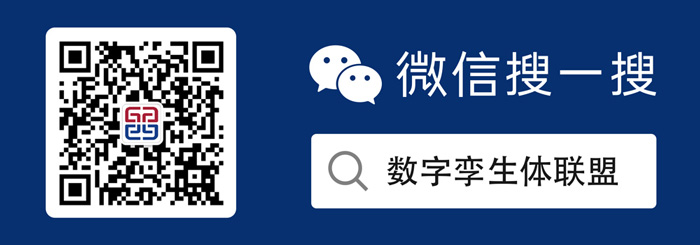The target audience for this guide is utilities planning to deploy Demand Response (DR) programs that utilize OpenADR 2.0 for communicating DR event related messages between the utility and downstream entities, and the manufacturers of equipment that facilitate that communication exchange. It is assumed that the reader has a basic conceptual understanding of both demand response and OpenADR 2.0 (referred to simply as OpenADR from this point forward).
更多
The OpenADR profile specifications clearly define the expected behaviour when exchanging DR event related information, however there is enough optionality in OpenADR that the deployment of servers (VTNs) at the utility and clients (VENs) at downstream sites is not a plug-n-play experience. OpenADR characteristics such as event signals, report formats, and targeting must be specified on a DR program-by-program basis.
There is no such thing as a standardized DR program. Each DR program design tends to be unique, fitting the structural and regulatory requirements of the geographic region it is deployed in. For each DR program there are numerous possible deployment scenarios involving a variety of actors.
The variability in DR program designs, deployment scenarios, and OpenADR characteristics are an inhibitor to expanded deployment of DR and the use of OpenADR. This variability is for the most part a reflection of the fragmented and complex nature of the smart grid.
收起

文档评论